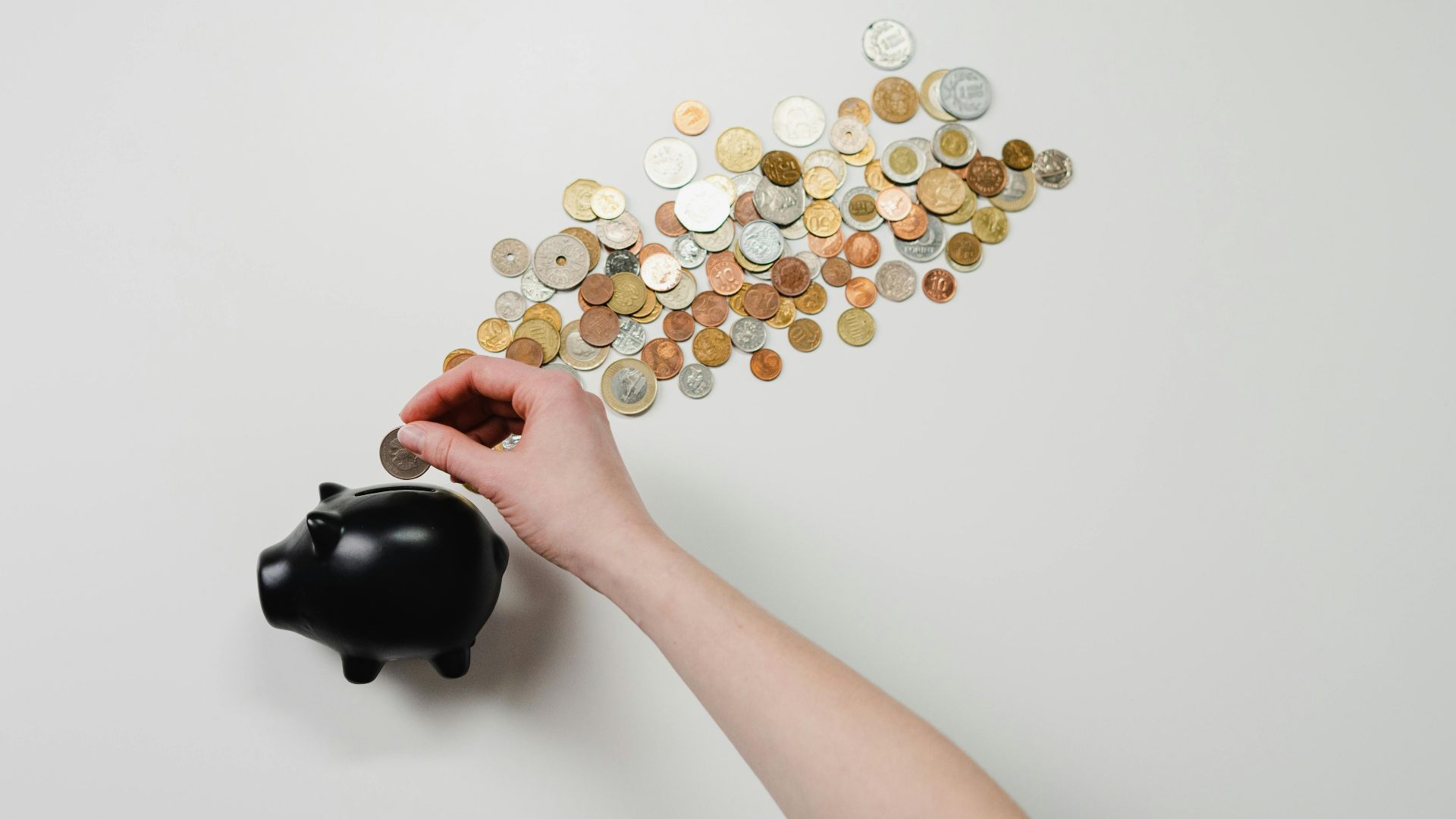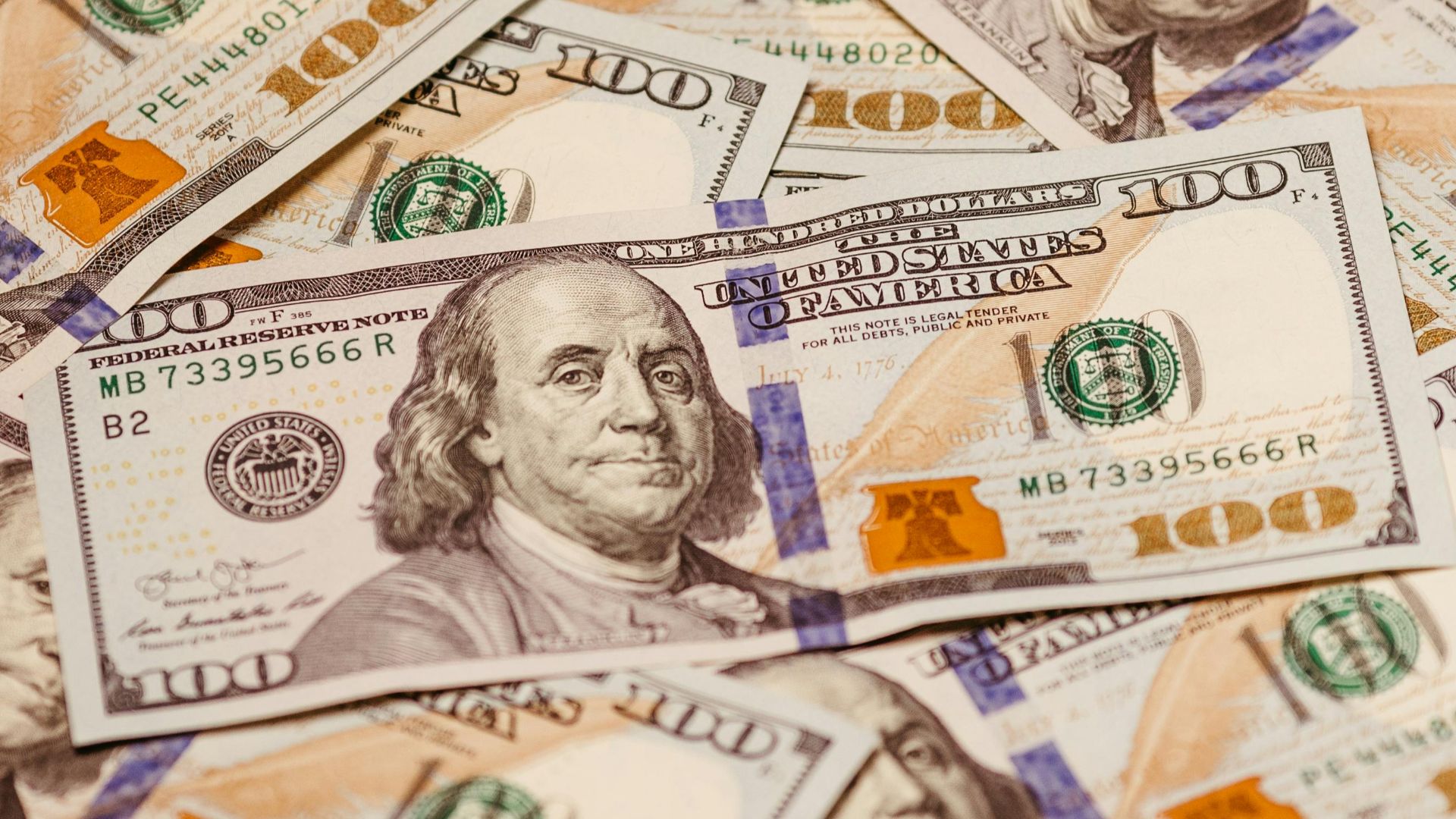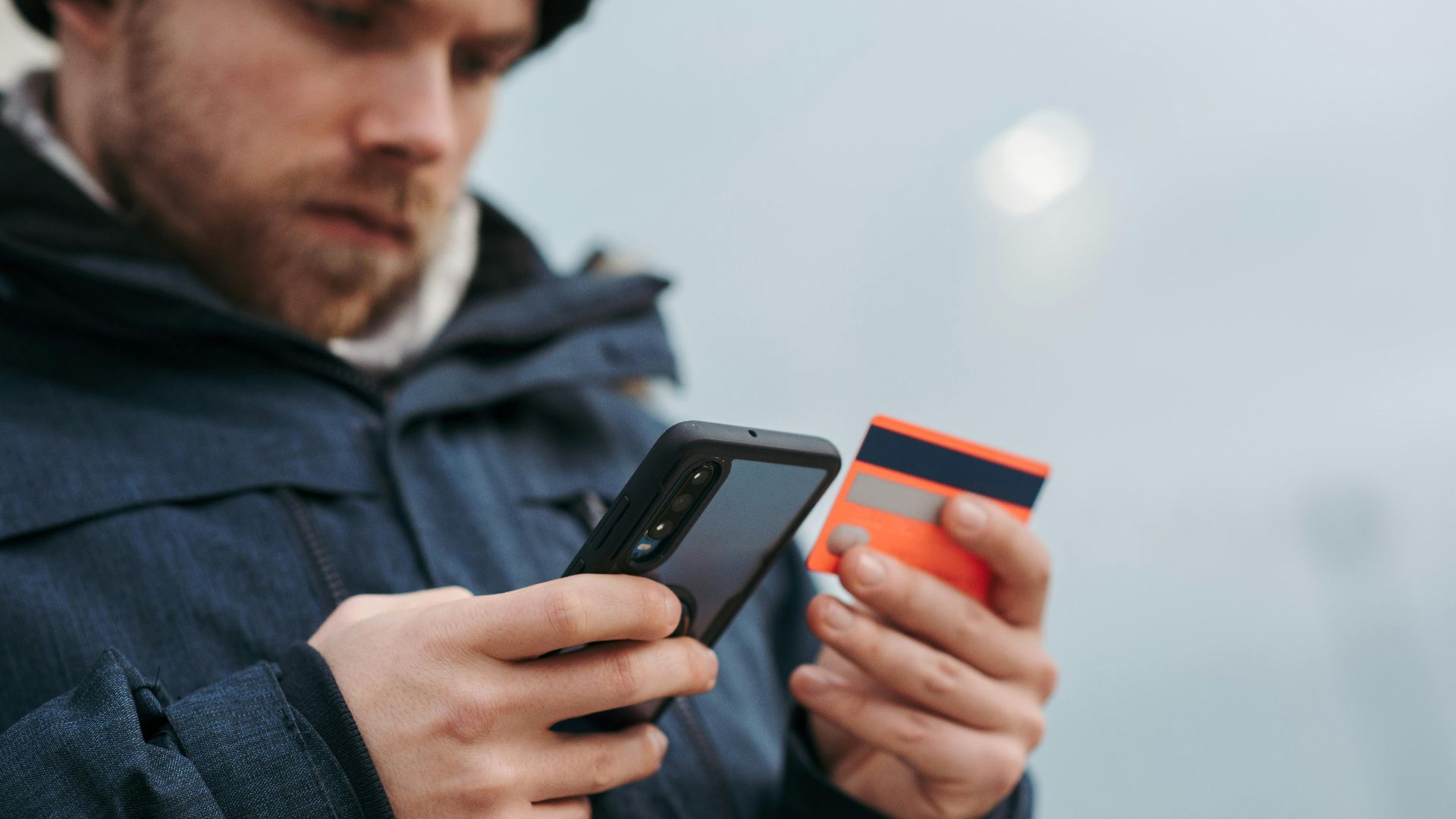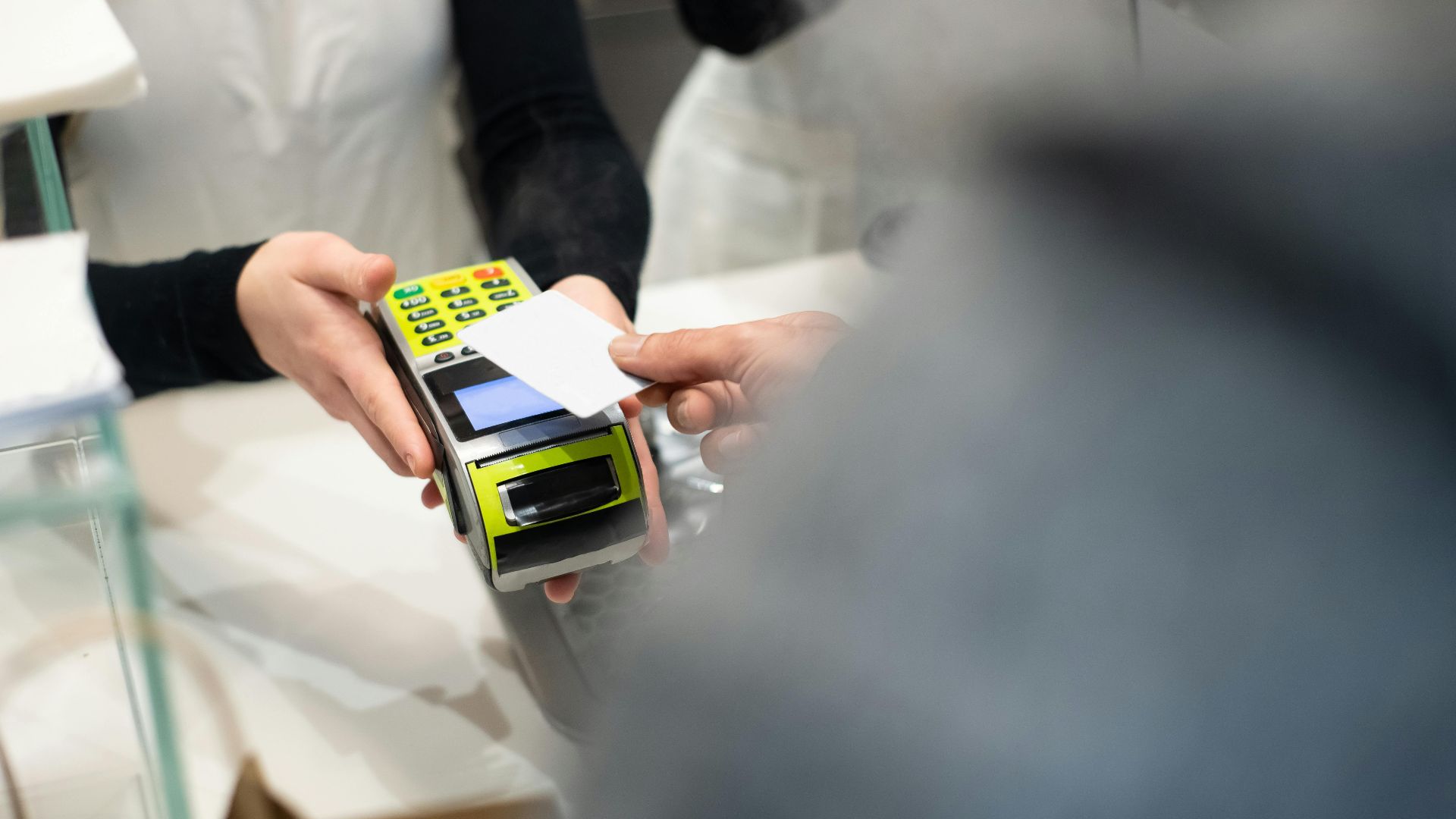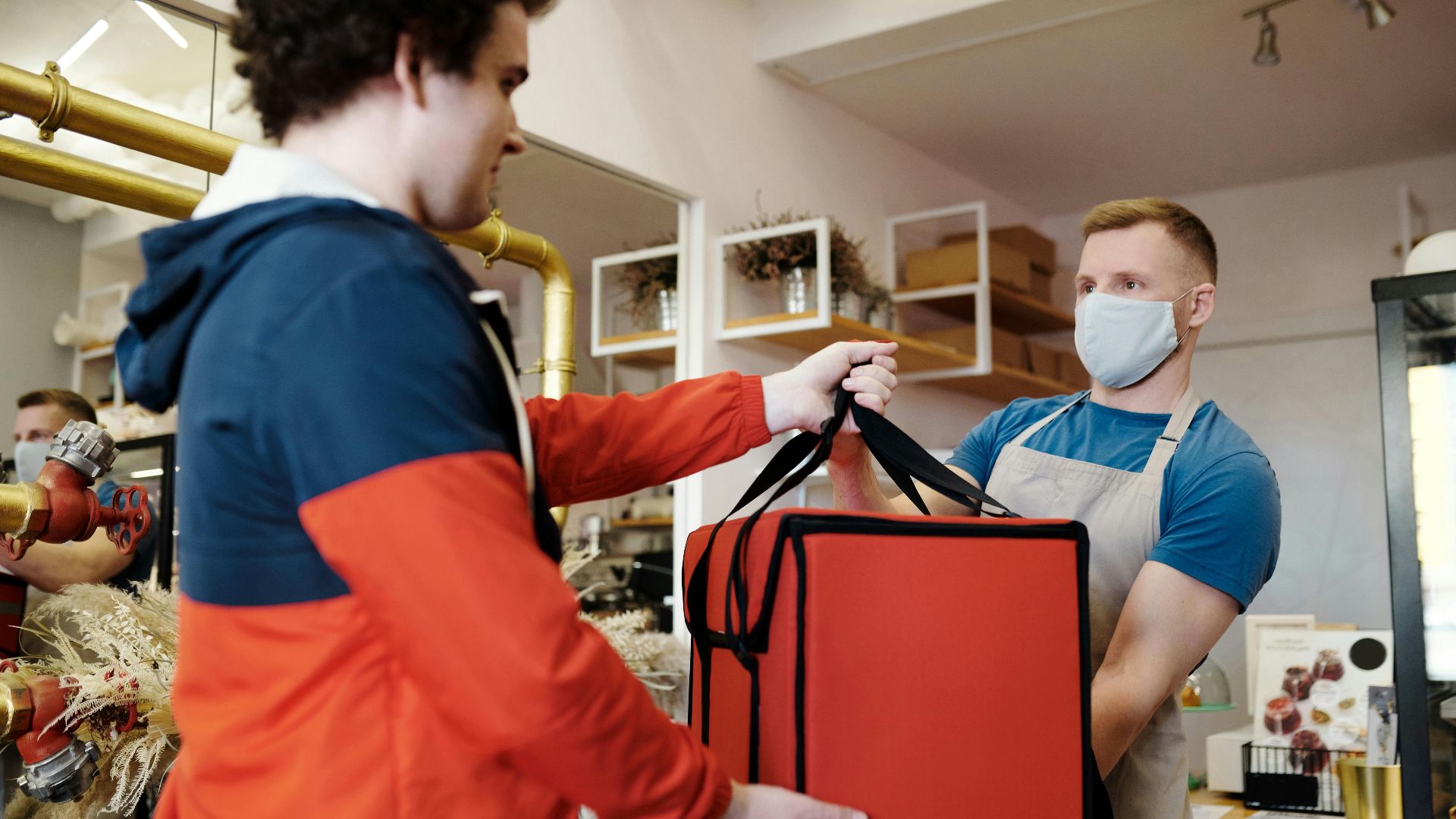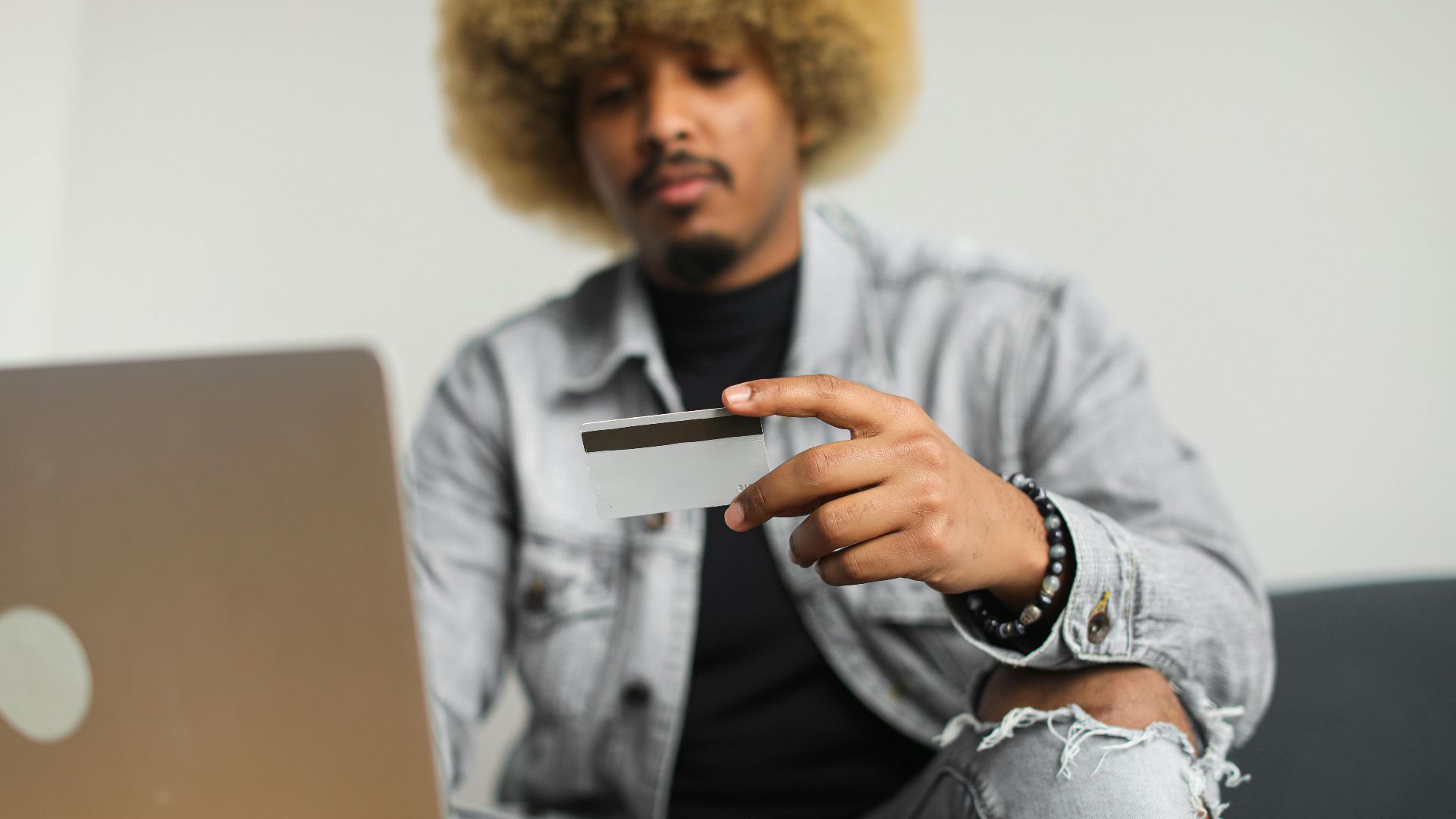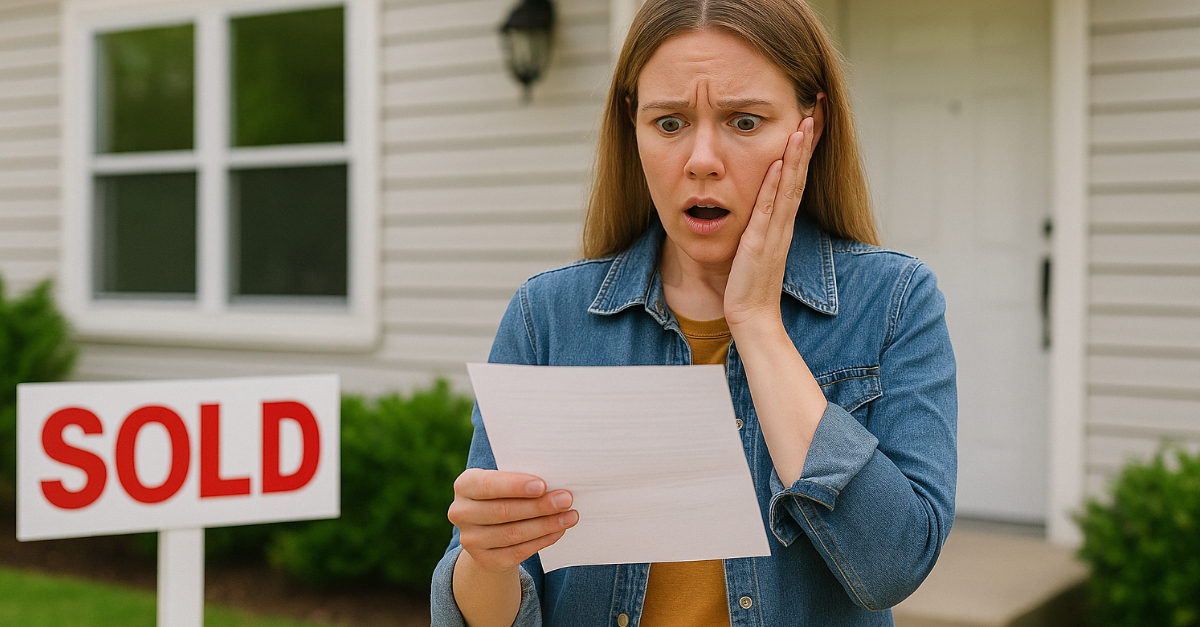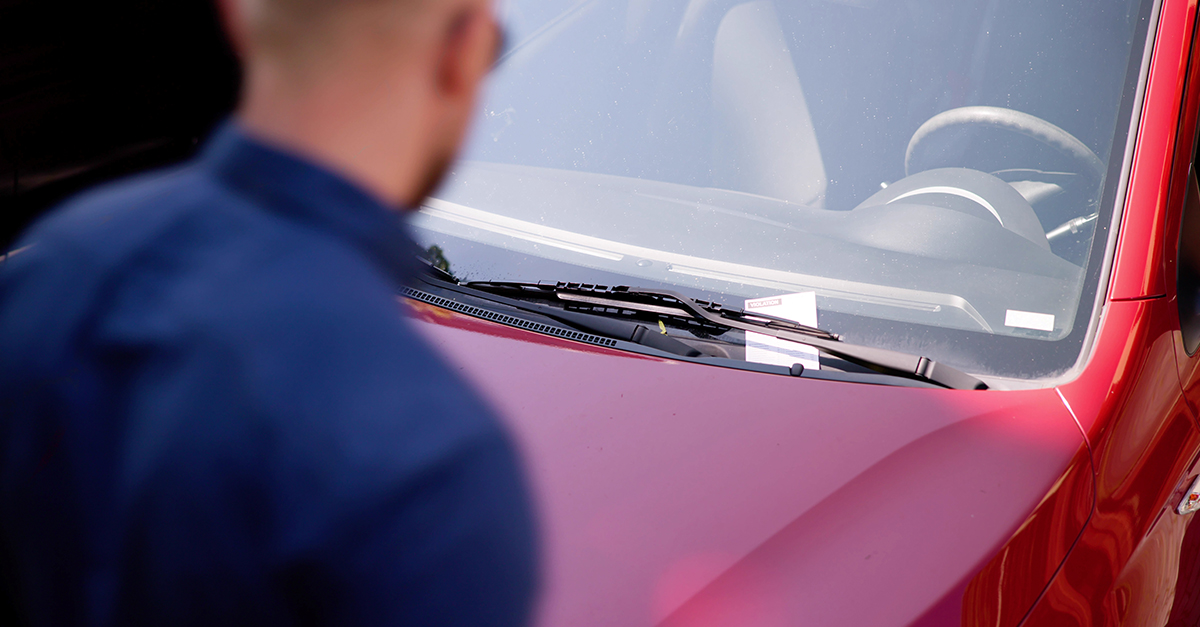I Used My Emergency Fund For A Car Down Payment—What Now?
You dipped into your emergency fund to buy a car. At the time, it felt like the right move: you needed the wheels, the deal was decent, and hey—it’s kind of an emergency, right? But now you’re left with that gnawing thought: What if something actually goes wrong and I don’t have any safety net left?
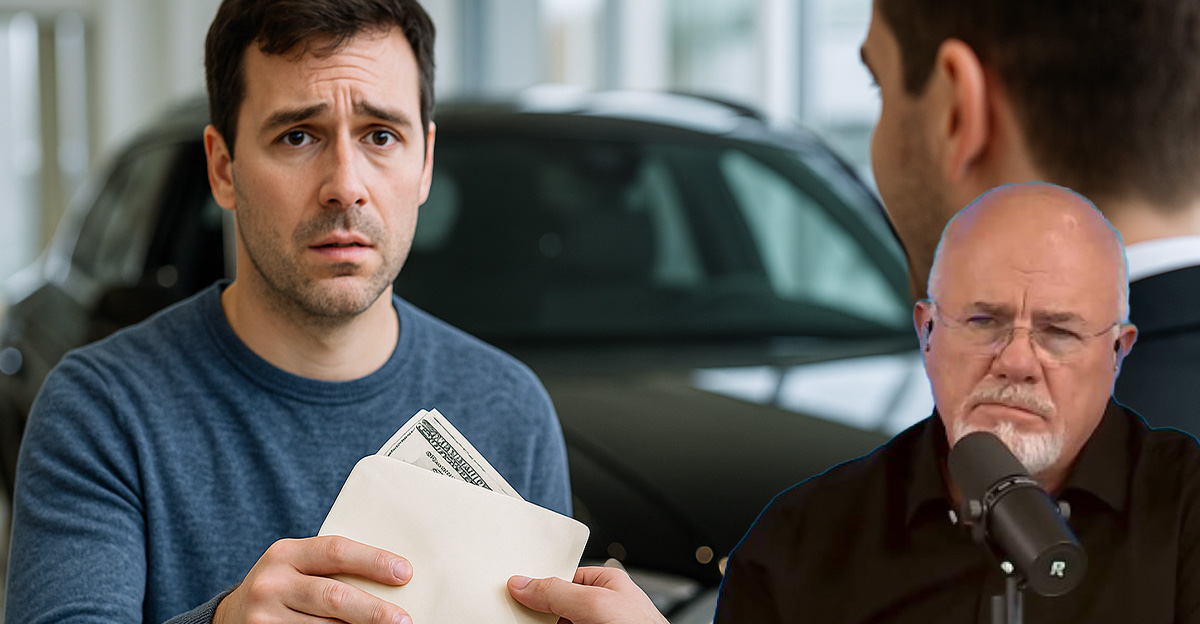
Why Emergency Funds Exist In The First Place
Emergency funds aren’t glamorous. They’re the broccoli of your financial diet—necessary, but not thrilling. Their entire job is to stand guard when life blindsides you with an unexpected bill: medical emergencies, job layoffs, broken appliances, or surprise vet visits. Without one, you’re essentially crossing a tightrope with no net underneath.
A Car Down Payment Isn’t An Emergency
Here’s the tricky part: a down payment on a car isn’t really an “emergency.” It’s a planned expense. Using your emergency fund for it is like eating the cake you baked for someone’s birthday a week early—it solves hunger now, but leaves you short when the actual celebration comes. Big purchases should have their own dedicated savings.
The Risk You’re Facing Now
Without an emergency fund, you’re financially exposed. If your transmission fails, you’re laid off, or your pet swallows something weird, you don’t have a cushion. Instead, you might lean on high-interest credit cards or personal loans. That debt can spiral fast, turning a temporary emergency into years of repayment. The risk isn’t just financial—it’s peace of mind.
Don’t Panic, Just Plan
Before spiraling into financial dread, take a breath. The good news? You already built an emergency fund once, which means you can do it again. You’ve proven you can save—it’s simply about rebuilding, smarter this time. Instead of guilt-tripping yourself, treat this like a reset button and a chance to clarify what your fund should (and shouldn’t) be used for.
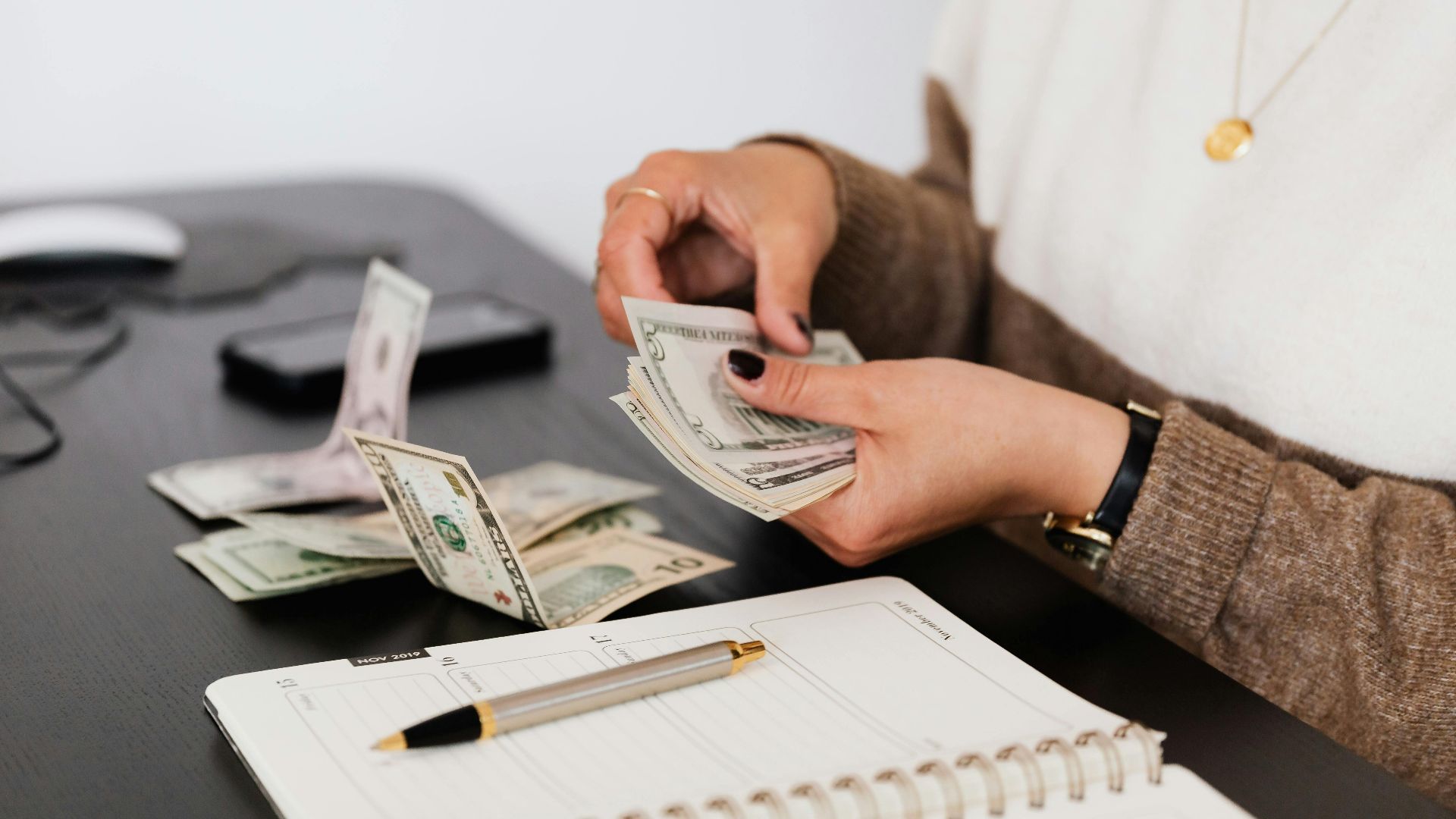 Photo By: Kaboompics.com, Pexels
Photo By: Kaboompics.com, Pexels
How Big Should Your Emergency Fund Be?
Most experts suggest three to six months of living expenses. That means rent, groceries, insurance, utilities, and transportation—not luxuries like concerts or streaming subscriptions. If three months feels impossible, start small. Even $1,000 can keep you from a financial tailspin. Think of it like building layers: $500 for basic peace of mind, then $1,000, then your full goal.
Step One: Stop The Leak
The first step in rebuilding is simple: stop draining what’s left. Don’t dip back into any cushion unless it’s truly an emergency. This is where honesty matters—ask yourself, “Is this urgent, unplanned, and necessary?” If not, resist. By protecting what remains, you prevent setbacks and start training yourself to treat the fund like the sacred tool it is.
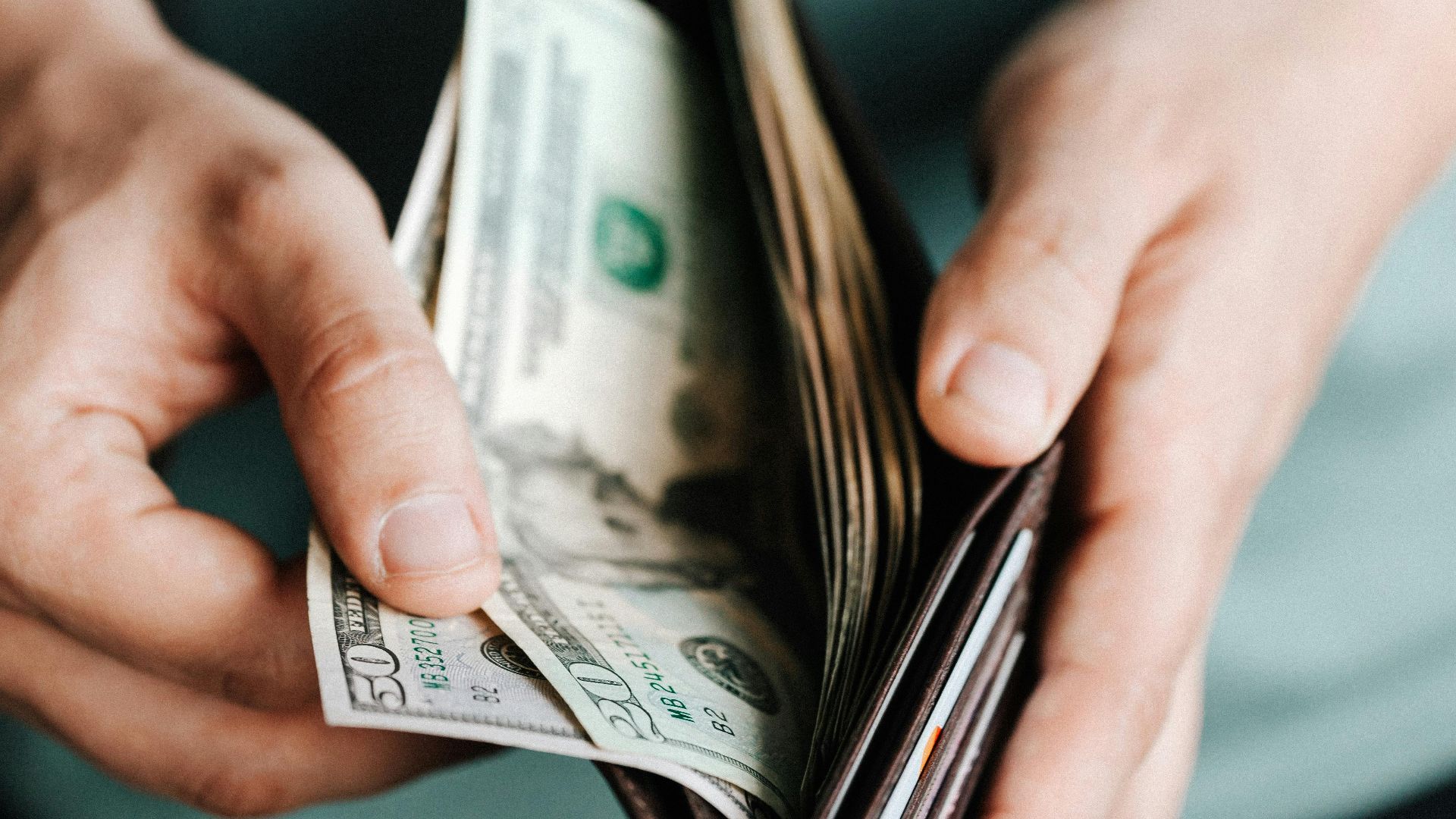 Photo By: Kaboompics.com, Pexels
Photo By: Kaboompics.com, Pexels
Step Two: Automate Your Savings
Set up a small automatic transfer into a separate savings account every payday. Even $25 or $50 at a time adds up fast. Automating it removes the mental battle—you don’t have to decide to save; it just happens. Bonus tip: keep this account at a different bank than your checking account so temptation doesn’t sabotage your progress.
Step Three: Treat It Like A Bill
Think of your emergency fund like rent or your phone bill. You wouldn’t “skip” paying those, right? Saving deserves the same level of seriousness. By treating it like a fixed monthly cost, you eliminate the excuse-making. Even if money is tight, earmark something. Consistency beats perfection, and your future self will thank you when things inevitably go sideways.
Step Four: Start A Side Stream
If your budget is already stretched thin, consider boosting your income temporarily. Driving for delivery apps, reselling unused items, babysitting, or freelancing in your skillset can accelerate rebuilding. Funnel every extra dollar straight into your emergency fund. Think of it as a sprint—temporary effort now creates lasting relief later. Even short-term hustle can close the gap quickly.
Step Five: Celebrate Milestones
Saving can feel endless if you never pause to notice progress. Celebrate when you hit $500, $1,000, or your first month of expenses. Small rewards—like a fancy coffee, guilt-free night out, or an afternoon off—keep momentum alive. Just don’t celebrate with something that undoes your progress. The point is motivation, not sabotage. Track your wins visually for extra impact.
Why Credit Cards Can’t Replace An Emergency Fund
Some people argue, “I have a credit card. Isn’t that my safety net?” Not really. Credit cards cover bills in the moment, but they saddle you with high-interest debt afterward. That “safety net” is more like financial quicksand—you might escape the immediate fall, but it drags you down long term. A cash fund saves you from interest charges and stress.
The Psychological Power Of An Emergency Fund
Beyond dollars, an emergency fund buys peace of mind. Knowing you’ve got a buffer reduces stress, helps you sleep better, and makes financial decisions easier. You’re less likely to panic or make impulsive, bad-money moves under pressure. It’s not just financial security—it’s emotional security. That calm confidence is priceless when life inevitably throws a curveball your way.
When You Can Tap Your Emergency Fund
True emergencies include job loss, sudden medical expenses, urgent car repairs, or critical home maintenance like a leaking roof. Notice the theme: they’re unplanned, urgent, and necessary. If an expense checks all three boxes, your fund has done its job. Don’t feel guilty for using it—that’s the whole point. Just commit to replenishing it afterward as soon as possible.
When You Shouldn’t Tap It
Vacations, weddings, holiday shopping, or even car down payments don’t qualify. These are predictable and should be planned separately. Dipping into your emergency fund for these undermines its purpose. Ask yourself: “Did I know this was coming? Could I have saved in advance?” If yes, it’s not an emergency. Protecting that boundary is how you keep your safety net strong.
How To Juggle Multiple Savings Goals
It can feel overwhelming to save for emergencies, retirement, debt payoff, and big purchases all at once. Here’s the trick: prioritize your emergency fund first. Once you’ve got a starter cushion—say, $1,000—then you can split savings into other buckets. Apps and online banks let you create sub-accounts for goals, making it easier to stay disciplined and organized.
The Role Of A Car In Your Finances
To be fair, a car is a necessity for many people. Without it, you might not even get to work. But here’s the distinction: the car itself isn’t the emergency—the surprise repairs on the car are. That’s why a fund matters. Consider adding a “car repair” mini-sinking fund alongside your main emergency account for extra protection.
Building Back Faster With Windfalls
Tax refunds, bonuses, rebates, or even birthday money from Grandma? Funnel them into your emergency fund. Because you weren’t counting on that cash, you won’t miss it. This hack can shave months off your rebuilding timeline. In fact, many people use windfalls as a reset button, boosting their fund overnight instead of grinding it out over small increments.
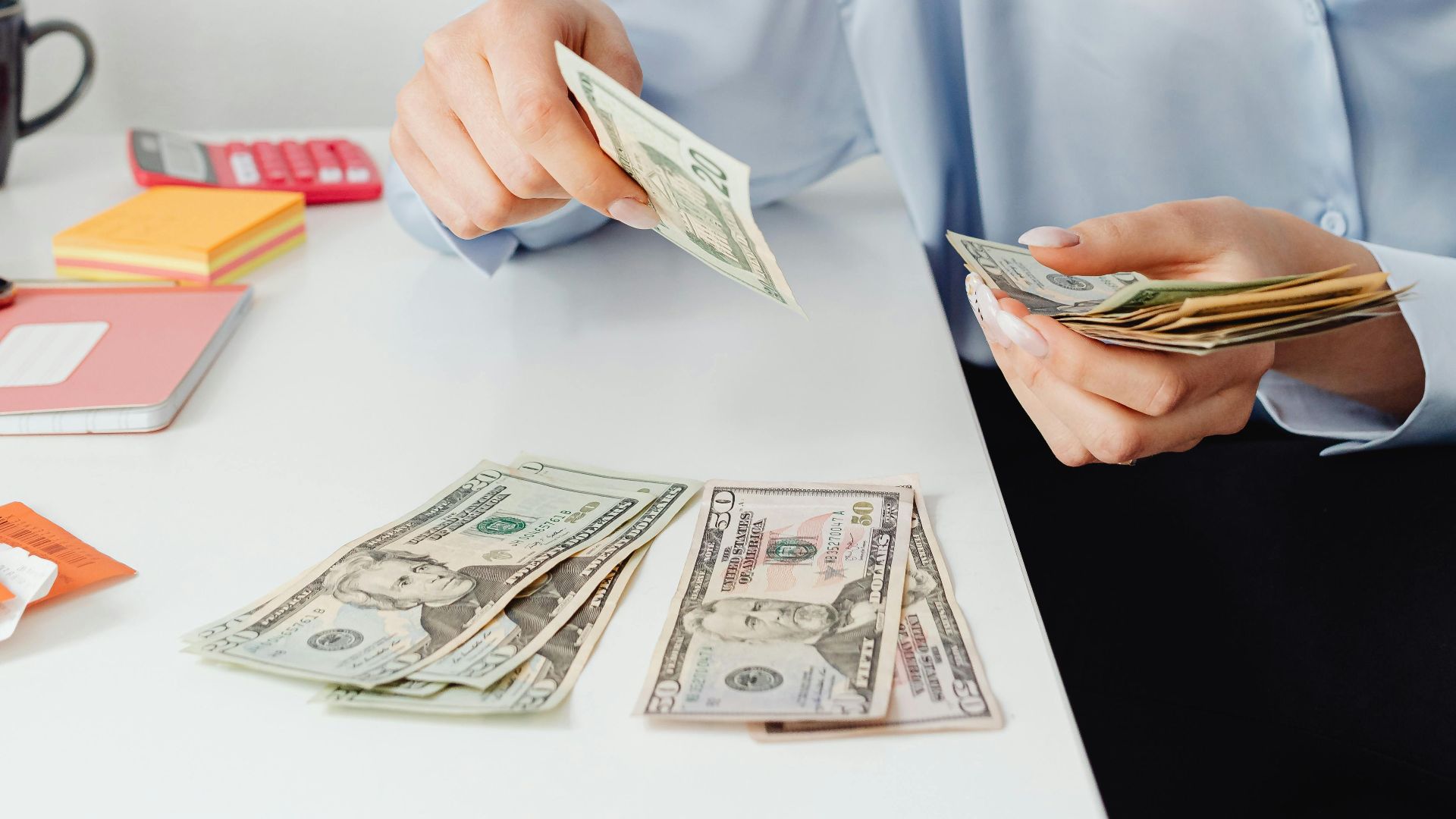 Photo By: Kaboompics.com, Pexels
Photo By: Kaboompics.com, Pexels
Protecting Your Future Self
Think of your emergency fund as a love letter to your future self. Future You might face a tough break, and Present You has the power to make it manageable. That cushion can mean the difference between a temporary setback and a financial disaster. Protecting yourself now ensures tomorrow’s problems don’t steal years of peace and progress from you.
Prioritize Progress Over Perfection
Don’t beat yourself up for using your emergency fund—it happens. What matters now is rebuilding, creating better habits, and setting clear rules for yourself. Even small steps add up, and every dollar saved is one more layer of protection. Remember, it’s not about doing it perfectly—it’s about showing up consistently until your financial safety net is strong again.
You May Also Like:
Reverse Mortgage Vs. Reverse Line Of Credit: Which Is Better?
Wellness Tips That Will Save You Money In The Long Run
How This 25-Year-Old Makes $7,000 Per Month From Her Side Hustle


